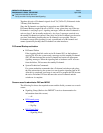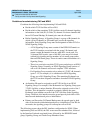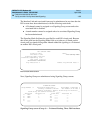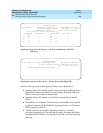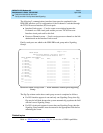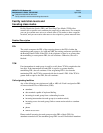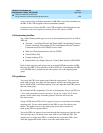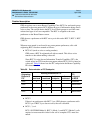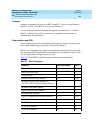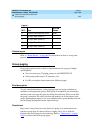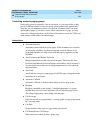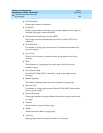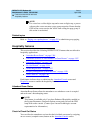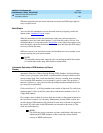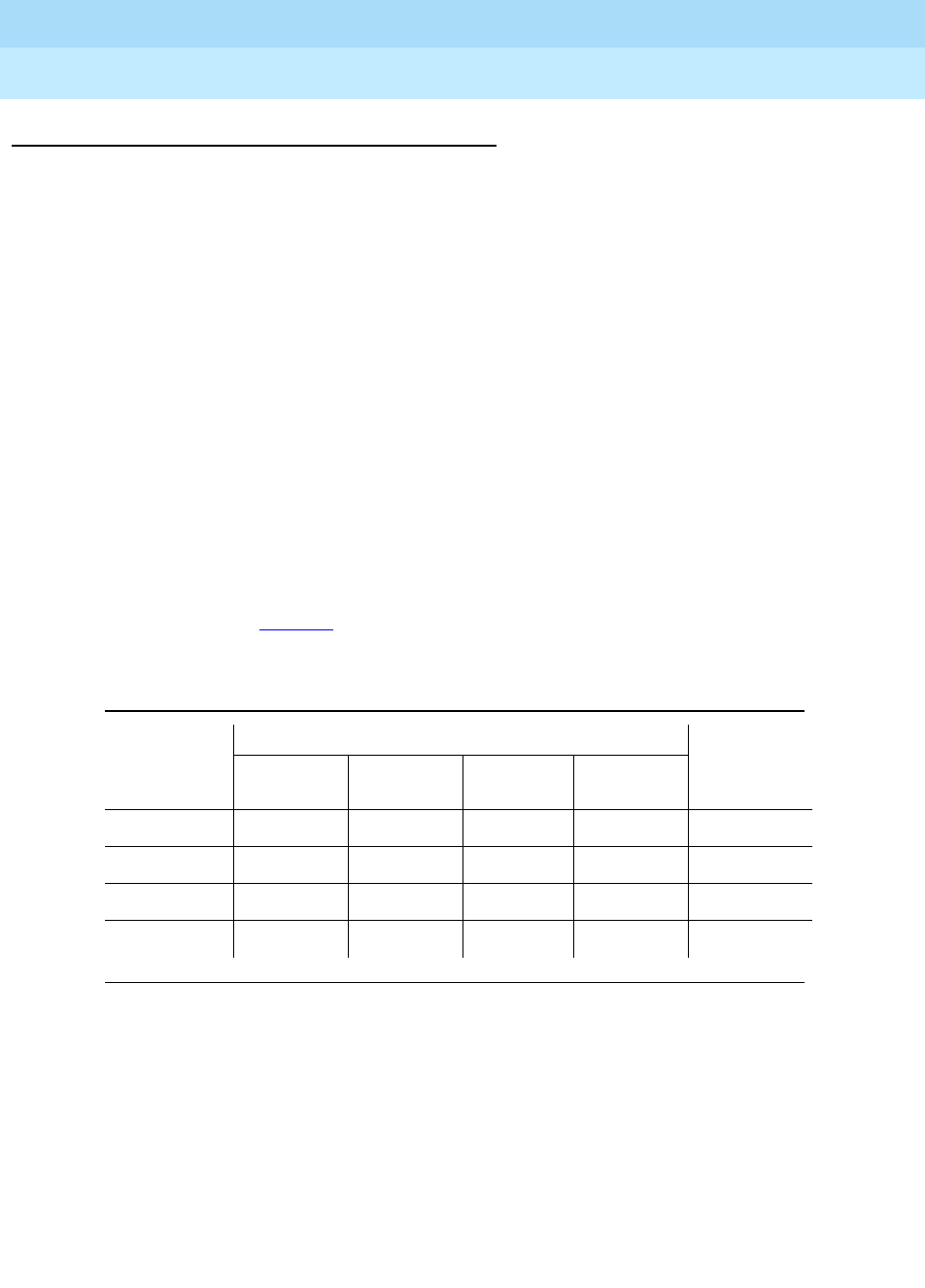
DEFINITY ECS Release 8.2
Administrator’s Guide
555-233-506
Issue 1
April 2000
Features and technical reference
1341Generalized route selection
20
Detailed description
GRS recognizes one or more Bearer Capability Class (BCC) for each trunk group
preference in the route pattern. BCC defines the type of information being sent as
voice or data. The switch checks the BCC for all trunk groups to see if the route
selected and type of call are compatible. The BCC is assigned to the route
preference on the Route Pattern screen.
GRS chooses a preference with BCC set to yes in this order: BCC 2, BCC 1, BCC
3, BCC 4.
When an exact match is not found in any route-pattern preference, calls with
originating BCCs listed are treated as follows:
■ BCC of 0 (such as voice or analog modem)
GRS routes a BCC 0-originated call with no match. This allows voice
transfer to data when making a data call.
Since BCC 0 (voice) has no Information Transfer Capability (ITC), the
switch selects an ITC from the route pattern when a BCC 0 call is routed as
a data call. Table 50
shows how the ITC codepoint in the Bearer Capability
IE is determined.
■ BCC 2
If there is no preference with BCC 2 yes, GRS chooses a preference with
BCC 0 yes. If BCC 0 yes does not exist, the call is blocked.
■ BCC 1, 3, or 4
BCC 4 (DCP/DMI Mode 0), BCC 1 (Mode 1), and BCC 3 (Mode 3) calls
requires an exact match in order for the call to complete. ITCs must also
match.
Table 50. Determination of ITC Codepoint
Originating
Endpoint’s
ITC
Routing Preference’s ITC
ITC
codepoint
in BC IErestricted
un-
restricted
both
endpoint
both un-
restricted
voice x restricted
voice x unrestricted
voice x unrestricted
voice x unrestricted



